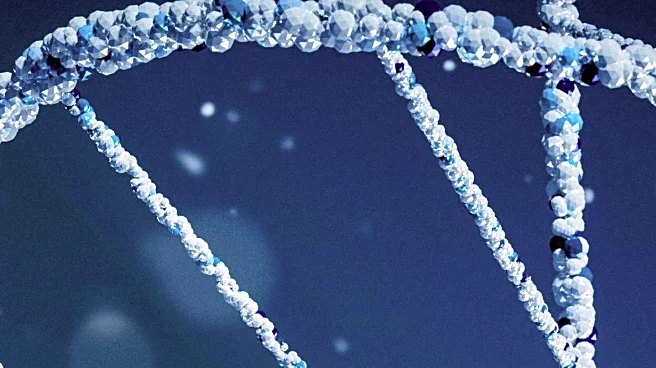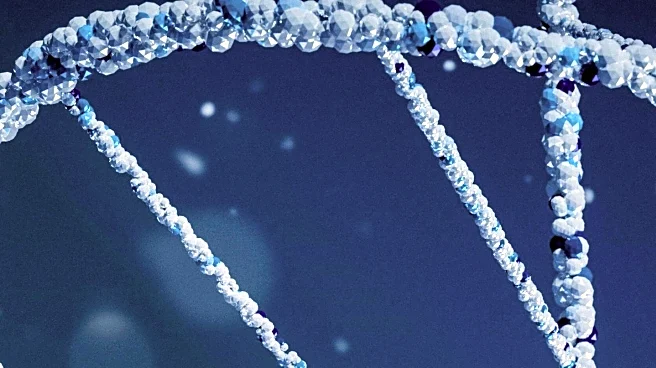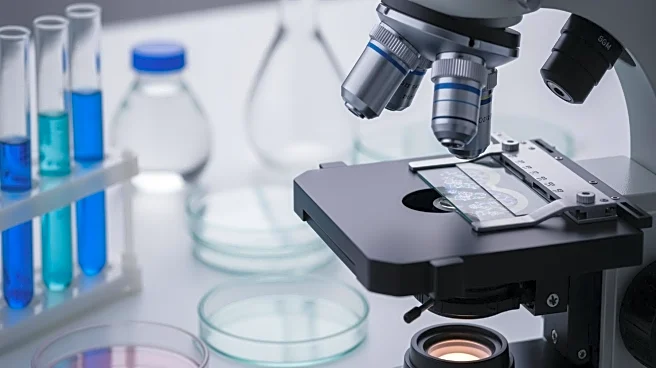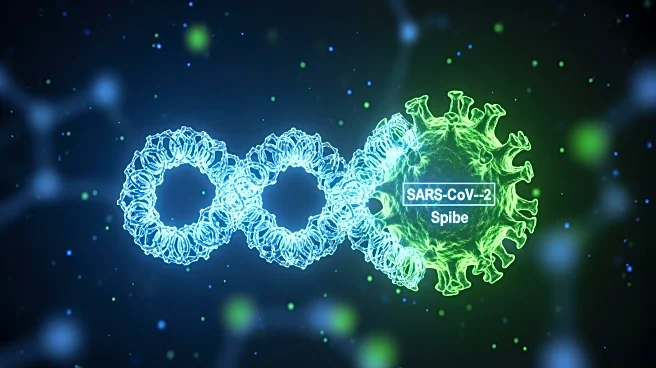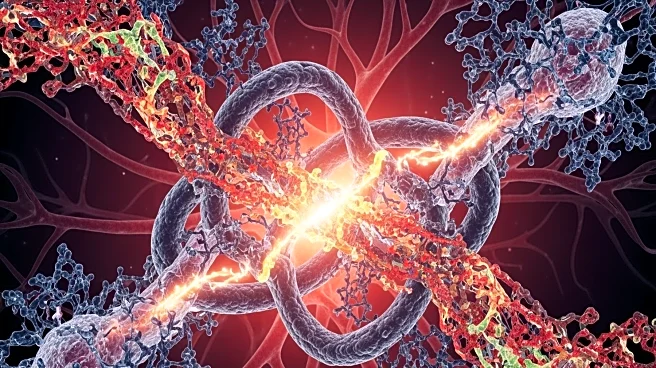What's Happening?
Recent research has emphasized the critical role of sulfiredoxin-1 (SRXN1) in regulating oxidative stress and cellular signaling, particularly in liver diseases. SRXN1 interacts with dimethylarginine dimethylaminohydrolase 1 (DDAH1) to maintain redox balance,
which is crucial in conditions like acute liver injury (ALI), alcoholic liver disease (ALD), liver fibrosis, and hepatocellular carcinoma (HCC). The study highlights SRXN1's protective role against oxidative damage and its potential as a therapeutic target for liver diseases.
Why It's Important?
The findings underscore the significance of SRXN1 in liver disease management, offering potential therapeutic avenues for conditions like ALI and ALD. By maintaining redox balance, SRXN1 could mitigate liver damage and improve patient outcomes. The research also positions SRXN1 as a promising target for drug development, potentially leading to new treatments for liver diseases and enhancing the understanding of oxidative stress mechanisms.
What's Next?
Further studies are needed to explore SRXN1's role in different liver disease contexts and its potential as a therapeutic target. Researchers aim to define SRXN1's impact on liver protection comprehensively and investigate its broader implications in oxidative stress-related pathologies.
Beyond the Headlines
The study highlights the need for integrative models to understand SRXN1's systemic roles beyond liver-specific effects. This could lead to insights into interorgan redox signaling networks and the development of more effective therapeutic strategies.
